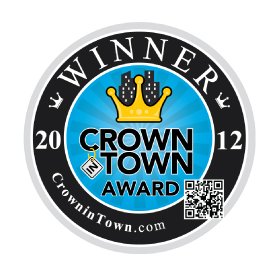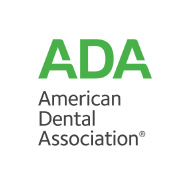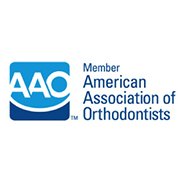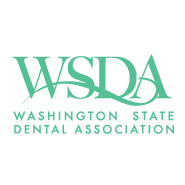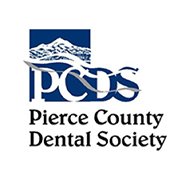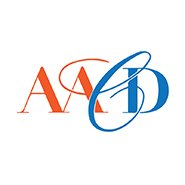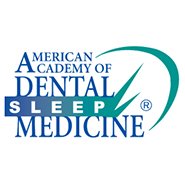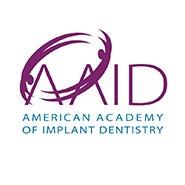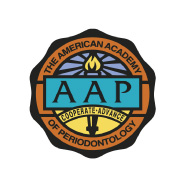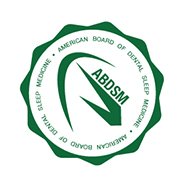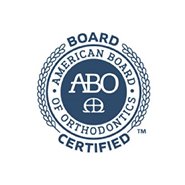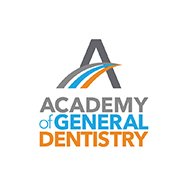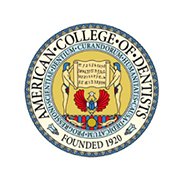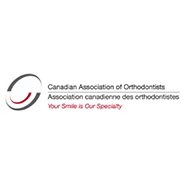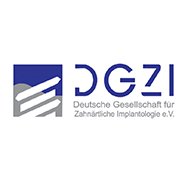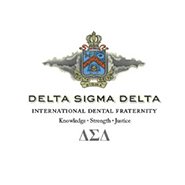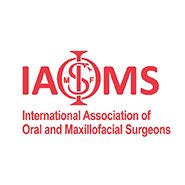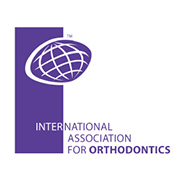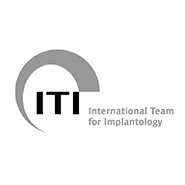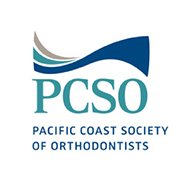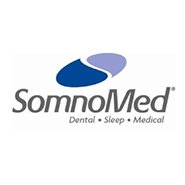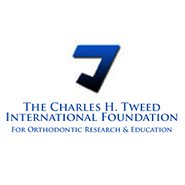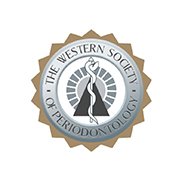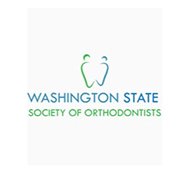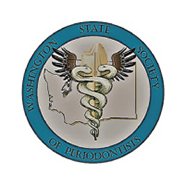Home / Dentist Near Me / Lynnwood / Services / General Dentistry / TMJ & TMD Disorders

At Light Dental Studios, we understand that Temporomandibular Joint (TMJ) and Temporomandibular Disorder (TMD) can be debilitating conditions that affect not only your oral health but also your overall well-being. We are committed to providing comprehensive and compassionate TMJ/TMD disorder treatment to help alleviate your symptoms and improve your quality of life.
TMJ refers to the temporomandibular joint itself, which acts as a hinge connecting your jawbone to your skull. TMD, on the other hand, encompasses a range of conditions that affect this joint and the surrounding muscles. Common symptoms of TMJ/TMD disorders include jaw pain, facial pain, headaches, clicking or popping sounds when you open or close your mouth, and difficulty in jaw movement.
Our approach to TMJ/TMD disorder treatment at Light Dental Studios is highly personalized. We begin with a thorough evaluation to accurately diagnose the root cause of your symptoms. Our experienced dental professionals use state-of-the-art diagnostic tools and techniques to assess your jaw joint, bite alignment, and muscle function. This comprehensive evaluation helps us develop a tailored treatment plan that addresses your unique needs.
TMJ / TMD Disorders

At Light Dental Studios, we understand that Temporomandibular Joint (TMJ) and Temporomandibular Disorder (TMD) can be debilitating conditions that affect not only your oral health but also your overall well-being. We are committed to providing comprehensive and compassionate TMJ/TMD disorder treatment to help alleviate your symptoms and improve your quality of life.
TMJ refers to the temporomandibular joint itself, which acts as a hinge connecting your jawbone to your skull. TMD, on the other hand, encompasses a range of conditions that affect this joint and the surrounding muscles. Common symptoms of TMJ/TMD disorders include jaw pain, facial pain, headaches, clicking or popping sounds when you open or close your mouth, and difficulty in jaw movement.
Our approach to TMJ/TMD disorder treatment at Light Dental Studios is highly personalized. We begin with a thorough evaluation to accurately diagnose the root cause of your symptoms. Our experienced dental professionals use state-of-the-art diagnostic tools and techniques to assess your jaw joint, bite alignment, and muscle function. This comprehensive evaluation helps us develop a tailored treatment plan that addresses your unique needs.
Treatment options for TMJ/TMD may include lifestyle modifications, physical therapy, medications, and dental appliances like splints or nightguards. Lifestyle changes such as stress management, dietary adjustments, and relaxation techniques can significantly alleviate symptoms. Physical therapy may be recommended to improve jaw function and reduce muscle tension.
Dental appliances, like splints and nightguards, can play a pivotal role in TMJ/TMD treatment. These custom-made devices are designed to stabilize the jaw joint, alleviate pressure on the joint and surrounding muscles, and prevent clenching or grinding of teeth. By providing support and reducing strain on the TMJ, these appliances can alleviate pain and discomfort, allowing for improved jaw function.
In severe cases of TMJ/TMD where conservative treatments do not provide relief, surgical intervention may be considered. Our team at Light Dental Studios includes experienced oral and maxillofacial surgeons who can perform surgical procedures, such as arthrocentesis or joint surgery, to address structural issues and provide long-term relief.
We understand the impact that TMJ/TMD disorders can have on your daily life, and our goal is to help you regain comfort and functionality. Light Dental Studios is committed to providing you with the highest standard of care and a customized treatment plan that addresses your unique needs. We are dedicated to improving your oral health, overall well-being, and quality of life by effectively managing and treating TMJ/TMD disorders.

Your life is always busy and you can't make time for your dental visit. Light Dental Studios now offers same day, Saturday, and evening appointments.
Schedule Your Visit
Schedule Your Visit

The greatest compliment we can receive is a recommendation. And people do love Light Dental Studios! We have received 1,390 reviews with 4.8 average rating. *
* As of October 2023. Number of reviews and average rating across all Light Dental Studios offices.
Read Reviews
* As of October 2023. Number of reviews and average rating across all Light Dental Studios offices.
Read Reviews

Be in the know
Frequently Asked Questions

General Information
What is Light Dental Studios?
Light Dental Studios is a comprehensive dental care provider that has been serving the Puget Sound area since 1971.
How many locations does Light Dental Studios have?
We have 21 convenient locations throughout the Puget Sound area to serve you better.
What areas do you serve?
Our 21 locations are spread across the Puget Sound area including Auburn, Bellevue, Bonney Lake, Burien, Covington, Fircrest, Kent, Lacey, Lakewood, Lynnwood, Maple Valley, Lilly Road in Olympia, Olympia, Pacific Avenue in Parkland, Puyallup, Orthodontics in Puyallup, Renton, Ruddell Road in Lacey, 6th Avenue in Tacoma, Tacoma Mall Boulevard in Tacoma, and University Place to provide easy access to quality dental care.
What services do you offer?
Light Dental Studios offers a range of services including general dentistry, pediatric dentistry, cosmetic dentistry, in-house denture lab, orthodontics, oral surgery, and periodontics.
Do you provide pediatric dentistry?
Yes, we offer specialized care for our younger patients to ensure they have a smile worth showing off at every age.
What cosmetic dentistry options are available?
We offer a range of cosmetic treatments including cosmetic bonding, Invisalign®, dental Botox®, teeth whitening, veneers, and more to help your smile shine brighter than a polished molar!
Checkups & Cleanings
What is the purpose of routine dental checkups and cleanings, and how often should I schedule them?
Routine checkups and cleanings are essential for preventive care. It's generally recommended to schedule them every six months to maintain good oral health, but your dentist may suggest a different frequency based on your individual needs.
What can I expect during a dental checkup, and why are X-rays sometimes necessary?
During a checkup, your dentist will examine your teeth, gums, and oral structures for any issues. X-rays may be needed to detect problems not visible during a visual exam, such as cavities between teeth or issues below the gumline.
Retainers, Night Guards & Bleach Trays
How often do I need to wear retainers after completing orthodontic treatment, and why are they important?
Retainer use varies, but it's typically recommended full-time for several months after orthodontic treatment and then at night for an extended period to maintain the corrected tooth positions. Retainers prevent teeth from shifting back to their original positions.
What are night guards, and how do they help with teeth grinding or clenching (bruxism)?
Night guards are dental appliances that create a protective barrier between your upper and lower teeth. They help alleviate the effects of bruxism by preventing tooth damage, jaw pain, and headaches caused by grinding or clenching during sleep.
Can I get bleach trays from my dentist for teeth whitening, and how do they compare to over-the-counter whitening products?
Yes, dentists can provide custom bleach trays for teeth whitening. They are often more effective and safer than over-the-counter products because they are customized to your teeth and use professional-grade whitening gel.
Emergency Dentistry
What constitutes a dental emergency, and how do I access emergency dentistry services?
Dental emergencies include severe toothaches, knocked-out teeth, broken dental restorations, and oral injuries. Contact your dentist immediately for guidance on accessing emergency care. Many dental offices offer emergency services.
What should I do if I have a knocked-out tooth or severe toothache outside of regular office hours?
For a knocked-out tooth, rinse it gently, place it back in the socket if possible, or store it in milk, and seek immediate dental care. For severe toothaches, rinse your mouth, floss to remove debris, and contact an emergency dentist.
Is it possible to prevent dental emergencies, and what safety measures should I take for maintaining oral health?
While not all emergencies can be prevented, maintaining good oral hygiene, wearing protective gear during sports, avoiding chewing ice or hard objects, and seeking regular dental checkups can reduce the risk of dental emergencies.
TMJ / TMD Disorder Treatment
What is TMJ or TMD, and what are the common symptoms of these disorders?
TMJ stands for temporomandibular joint, and TMD stands for temporomandibular joint disorder. Common symptoms include jaw pain, facial pain, headaches, clicking or popping sounds when opening or closing the mouth, and difficulty in jaw movement.
How is TMD/TMJ disorder diagnosed, and what treatment options are available?
Diagnosis involves a thorough examination by a dentist or specialist. Treatment options may include lifestyle modifications, physical therapy, medications, or dental appliances like splints or nightguards. In severe cases, surgery may be considered.
Are there non-surgical treatments for TMJ/TMD, and when might surgical intervention be necessary?
Yes, non-surgical treatments are often preferred and can be highly effective. Surgical intervention is considered when conservative methods fail or when there are structural issues that require correction.
What lifestyle changes can help alleviate TMJ/TMD symptoms and improve overall jaw health?
Lifestyle changes may include stress management, avoiding hard or chewy foods, practicing relaxation techniques, and maintaining good posture. Your dentist can provide personalized recommendations.
Can TMJ/TMD treatment also help with issues like headaches and neck pain?
Yes, successful TMJ/TMD treatment can alleviate associated symptoms like headaches and neck pain, as these often result from muscle tension and jaw misalignment.
Are TMJ/TMD treatments covered by dental insurance, and how can I explore my payment options?
Treatment coverage varies by insurance plans. It's advisable to check with your provider about coverage for TMJ/TMD treatments. Dental offices often offer payment plans and financing options to make treatments more accessible.
Disclaimer: Please note that the provided information above is based on general knowledge, and it's always recommended to consult with our doctors for personalized advice and recommendations regarding your or your child's specific dental needs and conditions. For any questions or concerns, please call our office.













